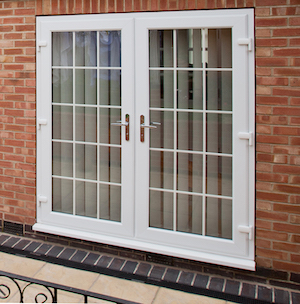Choosing a French Door Threshold Replacement
Thresholds are a necessity to eliminate gaps that are uneven at the bottom of doors. They protect you from all seasons of water, draughts and bugs. A lowered threshold is safer for wheelchairs, pushchairs/prams, and also connects interior and outdoor spaces more easily.
When advising your customers on their french door threshold options it is important to understand the different options available.
Weathered
The threshold of an outside door is a crucial feature of any door. It offers protection from the elements and a seamless transition from indoor to outdoor space. However, french door repairs is important to find the right balance between security and style when choosing a threshold for an external door system. In addition to being essential to keep the home weatherproof, thresholds play an important function in ensuring safety for the user by preventing slips and falls, as well as restricting access for those who have mobility issues or wheelchairs. In the end there are many threshold options to choose from, allowing customers to choose the most appropriate one for their home.

A threshold that is weathered provides excellent weather protection for doors on the outside. It also creates a solid barrier that blocks out water, wind, and draughts. This kind of threshold is recessed/sunk in the floor with a rise of 14mm. This helps reduce the risk of tripping and creates a solid seal against the weather. Weathered thresholds should be utilized for all doors that are external because they provide better weatherproofing than non-weathered options. The higher elevation of weathered thresholds can make them unsuitable for some users, especially those with wheelchairs and pushchairs/prams.
Unweathered thresholds are typically lower in height, with some just a few millimetres higher than the ground, meaning they are less likely to present any risk of tripping. They also provide a smoother transition between outdoor and indoor spaces, allowing for the connection of the two in an open and seamless manner. They may not offer the same level of weatherproofing as a weathered alternative, but they are perfect for homeowners who want to enhance the look of their home without sacrificing practicality or security.
If your French doors have an unweathered threshold or planning to replace the threshold, a new threshold is a do-it-yourself task that can help to smooth out the uneven gaps at the bottom of doors, and also protect against drafts and water intrusion. The threshold that was installed previously must be removed before a new one is installed on an existing sill. To remove the old sill, put an aluminum bar between it and the subsill. Carefully pry up the middle section. If the edges of the threshold have been nailed to the subsill then use a hammer or chisel to remove them from the jambs. After the threshold has been removed, clean away any remaining mortar and sand it to an even surface. It is recommended that you apply a foam sealant that expands beneath the threshold prior to installing it again. This will help hold it in place and fill any air gaps.
